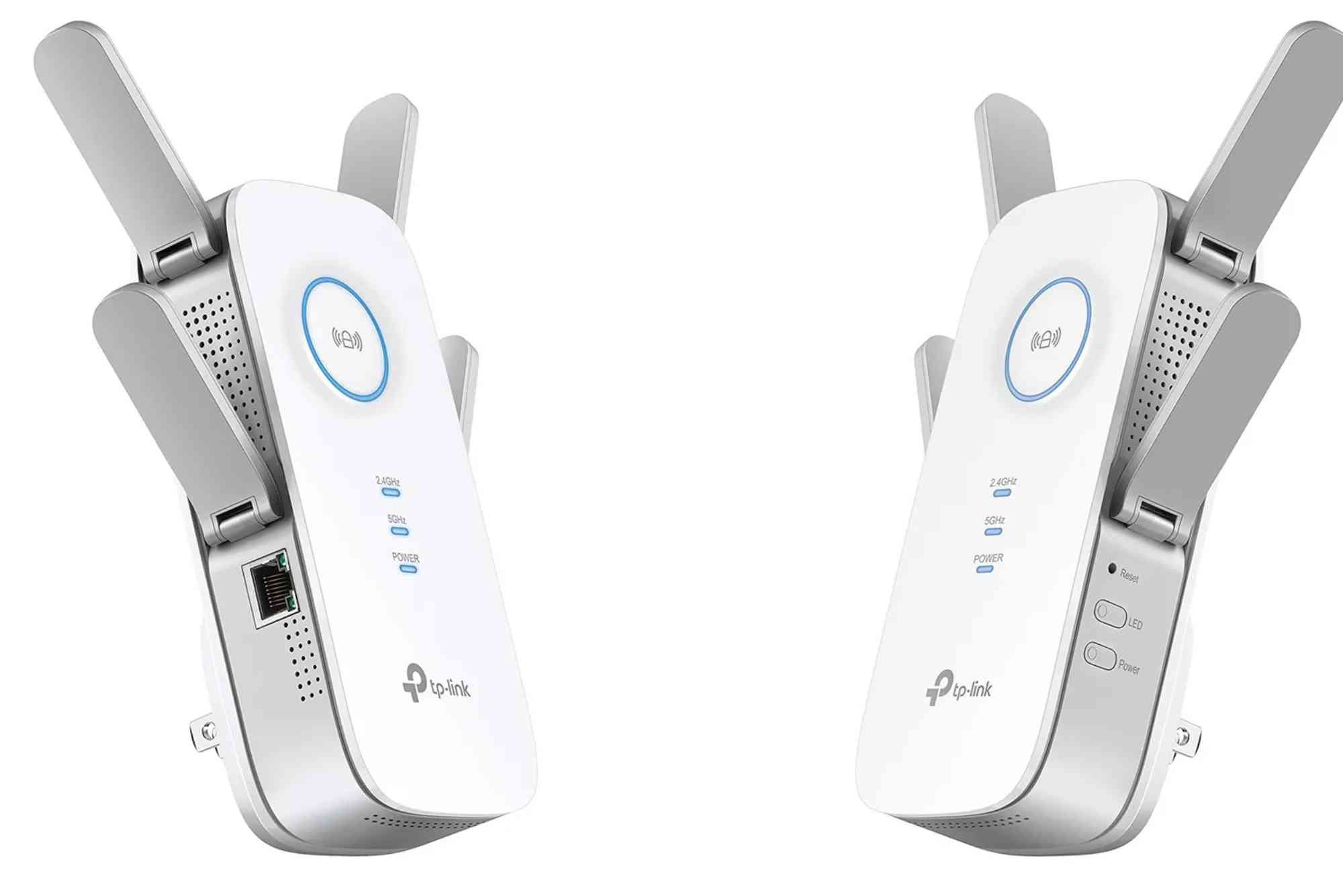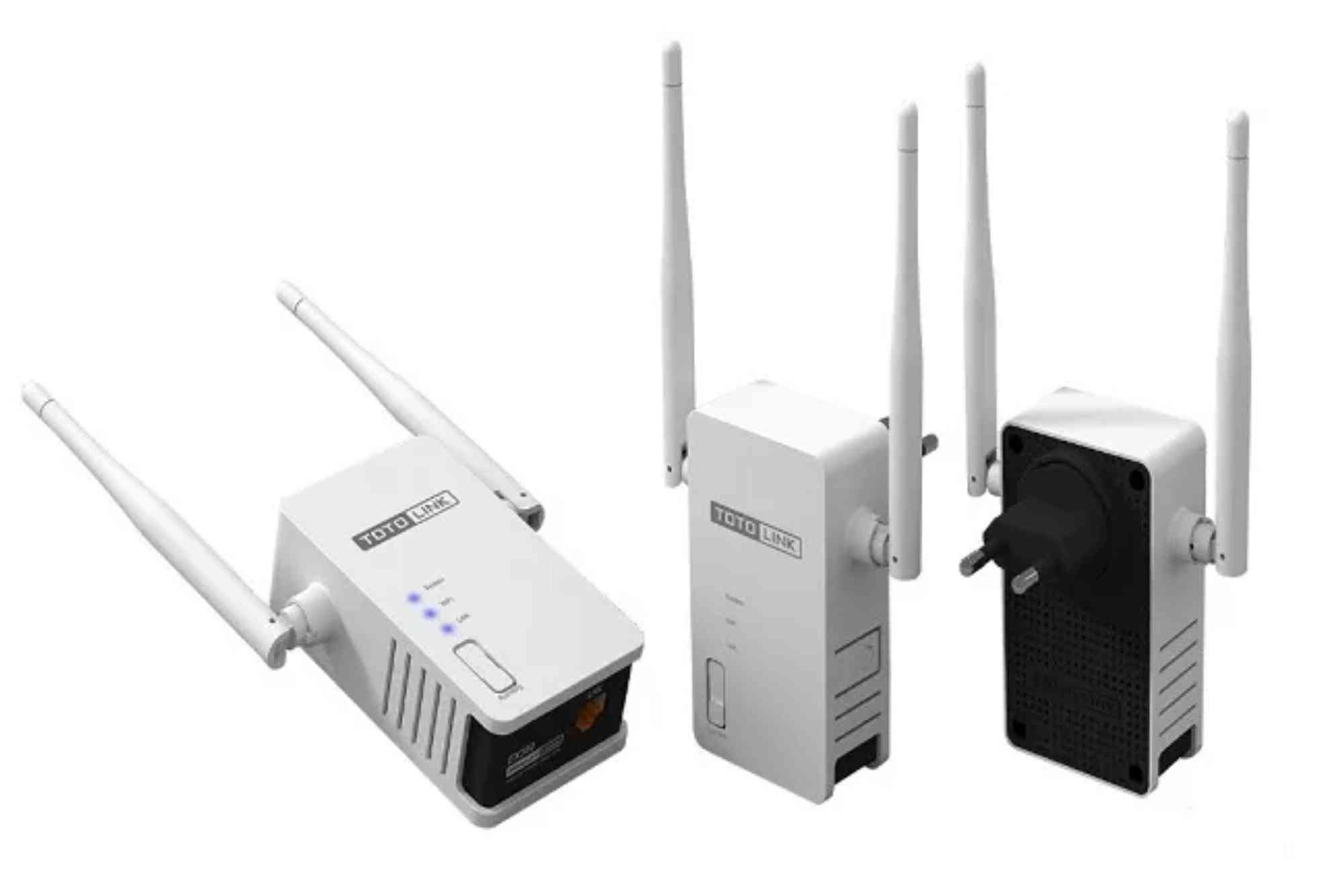Setting up cable internet can seem intimidating, especially if it’s your first time connecting a home or office. However, understanding the process can save you time, reduce frustration, and ensure your connection is reliable. This complete guide to setting up cable internet walks you through everything from choosing the right equipment to optimizing your network for the fastest speeds. Whether you’re new to internet installation or just looking to improve your home network, this guide provides clear, practical steps.
Understanding Cable Internet and How It Works
Cable internet delivers broadband through the same coaxial cables used for cable television. Unlike DSL or fiber connections, cable internet offers high-speed connectivity that supports streaming, gaming, and remote work without interruptions. One advantage of cable internet is its consistent speed, which can reach hundreds of megabits per second, depending on your provider. However, the quality of your connection may fluctuate during peak usage hours because bandwidth is shared in your area.
Before setting up cable internet, it’s essential to understand the components involved. The main elements include a coaxial cable line, a modem, and a router. The modem communicates with your internet service provider, while the router distributes the connection to multiple devices in your home. Some modern devices combine both functions into a single gateway, simplifying installation. Knowing how each piece works ensures you can troubleshoot problems quickly and maintain a reliable network.
Preparing for Cable Internet Installation
Proper preparation can make the cable internet setup process smooth and stress-free. Start by choosing a suitable location for your modem and router. Ideally, this spot should be central in your home, away from walls or metal objects that may interfere with the signal. Ensuring your devices are placed on a raised surface helps reduce obstacles and enhances Wi-Fi coverage.
Next, check that the coaxial cable connection is accessible. Many homes already have cable outlets, often near the living room or entertainment center. If not, your provider may need to install a new line. Make sure the outlet is functional and securely connected. Additionally, gather any necessary equipment before starting the setup. This includes the modem, router, power cables, and an Ethernet cable if you plan to connect a device directly.
Step-by-Step Cable Internet Setup
Starting the actual setup process requires patience and attention to detail. Begin by connecting the coaxial cable to your modem. Ensure it clicks into place and feels secure, as a loose connection can cause intermittent service. After connecting the cable, plug in the modem and wait for it to power on. Most modems have indicator lights that display the status of the connection. A steady light typically means the modem has established communication with your internet provider.
Once the modem is operational, connect your router. If using a separate router, link it to the modem with an Ethernet cable. Power on the router and wait for it to initialize. Modern routers often provide a default Wi-Fi network name and password printed on a sticker, which you can use to connect your devices. If your modem and router are combined into a single gateway, the setup process is even simpler, as the device will handle both functions automatically.
After connecting the hardware, it’s important to activate your internet service. Most providers have an online activation process or a phone line to confirm your setup. Follow the prompts carefully, as skipping this step may prevent your devices from accessing the internet. Once activated, test the connection by browsing websites, streaming videos, or running a speed test to ensure your network meets the expected performance.
Optimizing Your Cable Internet Connection
Having a stable internet connection is not just about hardware; optimization plays a crucial role. Begin by securing your Wi-Fi network with a strong password. This prevents unauthorized users from consuming bandwidth and ensures your data remains private. Next, consider adjusting your router’s placement to eliminate dead zones. Walls, large furniture, and electronic devices can weaken Wi-Fi signals, so positioning the router strategically improves coverage.
For households with multiple users or high data usage, investing in a dual-band or tri-band router can enhance performance. These devices allow simultaneous connections on different frequencies, reducing congestion during peak hours. Additionally, updating the firmware on your modem and router regularly can improve stability and security. Finally, periodically rebooting your devices can resolve minor glitches and maintain optimal speeds, keeping your cable internet running smoothly.
Common Issues During Cable Internet Setup
Even with careful preparation, users may encounter challenges during installation. One common issue is a weak or unstable signal, often caused by loose connections or outdated equipment. Ensuring all cables are tightly connected and replacing old modems can solve this problem. Another frequent concern is slow internet speeds, which may result from network congestion, interference from other devices, or suboptimal router placement.
If your connection fails entirely, checking the service status with your provider can clarify whether the problem is local or widespread. Sometimes, resetting your modem and router resolves minor technical glitches. For more persistent issues, customer support can guide you through troubleshooting steps, ensuring a reliable connection without unnecessary stress.
Choosing the Right Cable Internet Provider
Selecting the best provider is crucial for a smooth cable internet experience. Consider factors such as speed, coverage, customer support, and pricing. Reading reviews and asking for recommendations helps identify providers with a reputation for reliability. Providers often offer bundles with television or phone services, which may save money for multi-service households.
It’s also worth checking for hidden fees or contract terms before committing. Many providers require installation fees or long-term agreements. Ensuring transparency in pricing avoids surprises and helps you make an informed decision. Remember, a dependable provider paired with proper setup ensures a seamless and enjoyable online experience.
Setting up cable internet doesn’t have to be daunting. With the right preparation, clear steps, and a focus on optimization, you can enjoy fast, reliable connectivity in your home or office. From connecting the modem to securing your Wi-Fi network, each step contributes to a stable online experience. Take your time, follow this guide, and troubleshoot patiently to ensure a seamless installation. For professional support or additional guidance, consider reaching out to Dhanote Internet Services, who can provide expert assistance tailored to your needs.
Embrace the power of fast internet today and unlock the full potential of your online activities.
FAQ
How long does it take to set up cable internet at home?
Most setups take 30–60 minutes, depending on equipment and prior wiring. Activation may add extra time.
Do I need a professional to install cable internet?
Not always. Many users can self-install using a modem and router, though providers can assist if needed.
Why is my cable internet connection slow?
Slow speeds can result from network congestion, router placement, or outdated hardware. Optimizing your setup usually improves performance.
Can I connect multiple devices to cable internet?
Yes, a modern router supports multiple devices simultaneously, though extreme usage may require a dual-band or tri-band router.
What is the difference between cable and fiber internet?
Cable uses coaxial cables and often shares bandwidth, while fiber delivers faster, dedicated speeds using fiber-optic technology.








